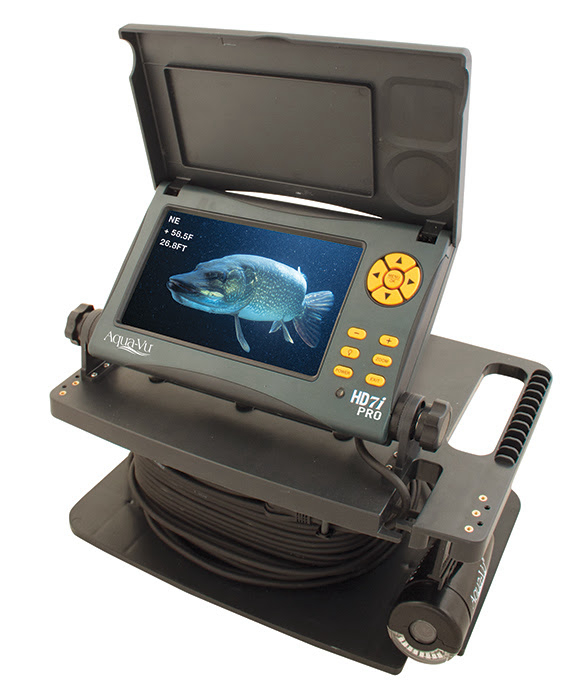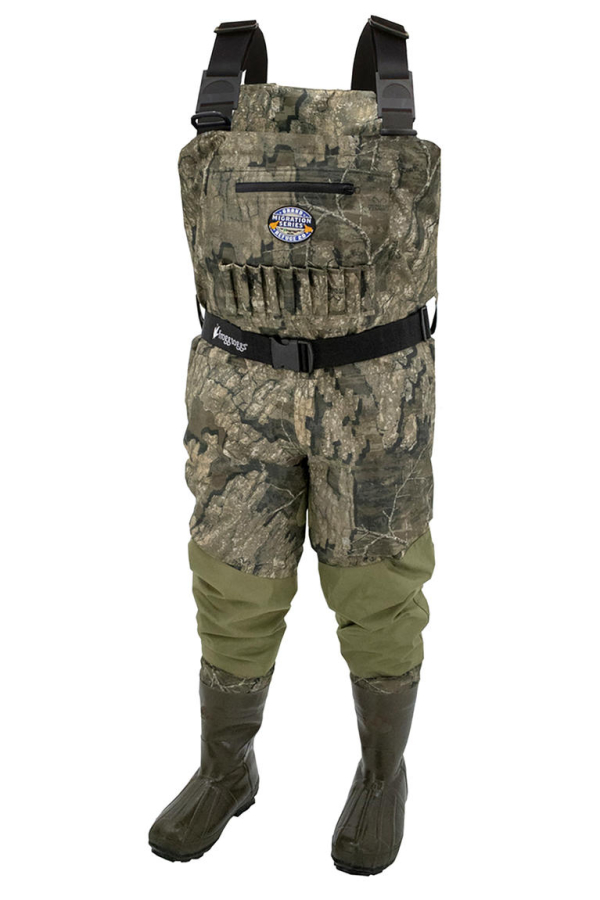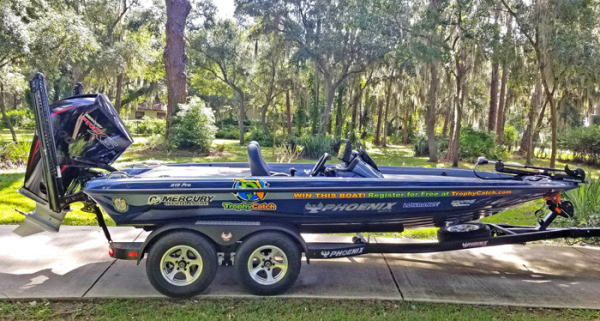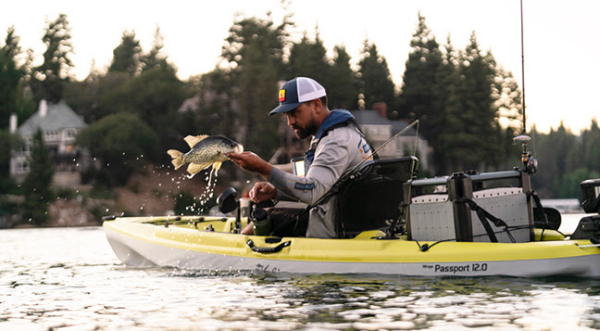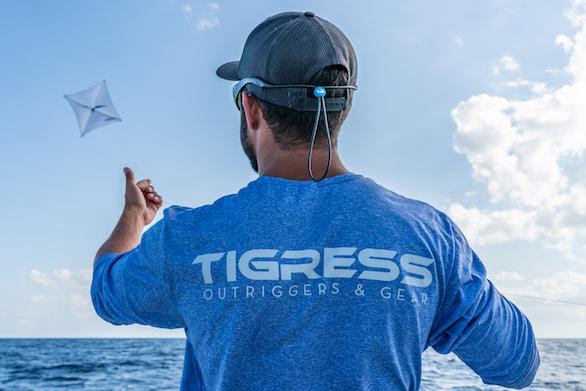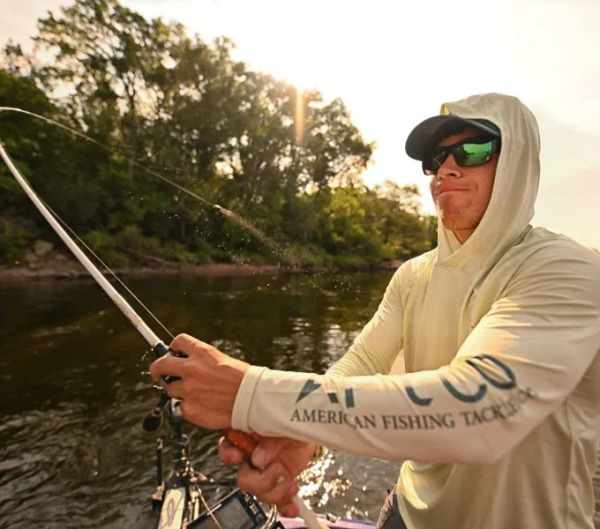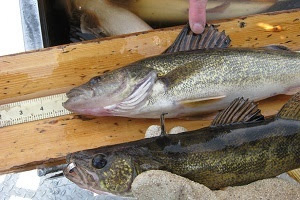Michigan DNR public land auction starts Tuesday

Looking for property? DNR public land auction starts Tuesday
Nearly 150 surplus parcels, up to 160 acres in size, are available
Lake views, river access, winding trails and more – in many prime locations throughout much of Michigan – are available starting Tuesday, Dec. 10. That’s when the Michigan Department of Natural Resources begins its winter auction of surplus public land, offering 147 individual parcels ranging in size from less than an acre to 160 acres.
The auction is part of the DNR’s strategy to efficiently manage public land while maximizing outdoor recreation opportunities for residents and visitors. Bids will be accepted through Jan. 8, 2020.
Land is available in counties mainly in central/northern Lower Michigan and in the Upper Peninsula. Counties include Allegan, Alpena, Bay, Charlevoix, Cheboygan, Clare, Crawford, Delta, Dickinson, Houghton, Iosco, Jackson, Kalkaska, Lake, Mackinac, Midland, Missaukee, Muskegon, Newaygo, Otsego, Saint Clair and Van Buren. Several of the largest parcels are in Alpena, Dickinson and Newaygo counties. Read more

